The Central Military Commission monitors the development of the Ho Chi Minh campaign to liberate Saigon, Hanoi , April 1975. Photo: Archive
Position
The 1975 Spring General Offensive and Uprising took place from March 4 to April 30, 1975, carried out with three main strategic attacks on the Central Highlands, Hue - Da Nang and Saigon - Gia Dinh. However, to achieve those victories, our Party had to persistently fight against the US imperialists at the negotiating table at the Paris Conference from 1968 - 1973. During the 4 years, 8 months and 20 days of struggle, it was a process of establishing a position full of difficulties, hardships and sacrifices of our entire Party, army and people. Finally, with the victories of the army and people of the two regions on the battlefield, on January 27, 1973, the US had to accept to sit at the negotiating table and sign the Paris Agreement, pledging to withdraw its expeditionary army and the armies of its vassal states. The US withdrawal created an opportunity for us to advance and "fight to overthrow the puppet regime", successfully ending the resistance war.
Although the US withdrew its troops, the Saigon government blatantly violated the Paris Agreement. Faced with the above situation, the Party analyzed the situation objectively and scientifically to correctly determine the direction of the revolution in the South. In July 1973, the 21st Central Committee Conference issued the Resolution "The great victory of the resistance war against the US, saving the country and the tasks of the revolution in the South of Vietnam in the new period". The conference also affirmed: "The path of the Southern revolution is the path of revolutionary violence. Regardless of the situation, we must firmly grasp the opportunity, maintain the strategic offensive line and flexibly direct to move the Southern revolution forward" 1 . Seizing the opportunity to liberate the country, the Politburo met to discuss the policy of liberating the South. The Politburo pointed out: "Seize the historical opportunity, launch many consecutive comprehensive campaigns, fight decisive battles, and successfully end the resistance war against the US..." 2 .
Choosing the Central Highlands as the opening direction of attack, focusing on the Southern Central Highlands, with the main target being Buon Ma Thuot town, demonstrated the Party's astuteness in choosing the direction of attack, the target of attack, and the art of using space. Before carrying out the Central Highlands Campaign (from March 4 to April 3, 1975), we established a position with a series of elaborate diversionary measures, attracting and pinning down the enemy's mobile main force in the Northern Central Highlands, leading to a gap in the Southern Central Highlands. This was a favorable opportunity for us to concentrate our main force to strongly attack the enemy, making them completely surprised and quickly defeated. Along with that, we skillfully combined the siege and division with the "blossoming in the enemy's heart" fighting style, so the key opening battle of Buon Ma Thuot quickly won victory. The victory of the battle to capture Buon Ma Thuot town created momentum for us to destroy the puppet 23rd Division in Phuoc An, opening up a development in campaign and strategy, allowing the Central Highlands armed forces to break the enemy's defensive position, destroy and disintegrate all of their forces in the Central Highlands.
Time painting
Before the great victory in the Central Highlands, the Politburo meeting on March 18, 1975 decided to seize the opportunity to liberate the South in 1975.
After taking control of Buon Ma Thuot and the entire Central Highlands, destroying and disintegrating the entire II Corps force and the Republic of Vietnam government system in Military Region II, our army quickly developed the offensive to the coastal provinces of Central Vietnam. Coordinating with the Central Highlands battlefield, on March 21, 1975, the campaign to liberate Hue began. On March 26, Hue was liberated. On the same day, the campaign to liberate Da Nang began. On March 29, Da Nang was liberated.
The Liberation Army completely controlled Da Nang city. Photo: Archive
While the enemy was still stunned by the loss of the Central Highlands, Hue, Da Nang, Nha Trang, if we did not quickly and boldly seize the opportunity, giving the enemy time to consolidate their spirit and forces, it would certainly take a lot of time and blood to liberate the South. In an increasingly favorable strategic situation, on March 25, 1975, the Politburo met and decided to take advantage of the opportunity, speeding up the war with the spirit of "1 day equals 20 years". On the morning of March 31, the Politburo held an expanded conference. In this meeting, General Vo Nguyen Giap proposed to urgently develop a combat plan, carry out a strategic encirclement in the East and West of Saigon - Gia Dinh, use the main force, and suddenly penetrate deep to destroy the enemy. Fight one battle and win. The motto is "speed, boldness, surprise, sure victory" 3 .
According to General Vo Nguyen Giap: “Right after the Politburo Conference, I thought a lot about the battle that would take place on the key battlefield of Saigon - Gia Dinh. After studying and discussing with Deputy General Staff Cao Van Khanh and Director of Operations Le Huu Duc, on April 1, I called B2: As the Politburo assessed, the revolutionary war in the South is entering a period of leapfrogging development. Currently, we have sufficient forces and capabilities to achieve complete victory in a much shorter time than expected. The decisive issue is to promptly seize the opportunity, taking advantage of mid-April to begin a large-scale attack on Saigon. Doing so will be most favorable, ensuring the most resounding victory. The current surprise is no longer in the direction. The enemy knows that we will definitely attack Saigon, but they think that we need to prepare for 1-2 months. Therefore, the current surprise is mainly in the time aspect. On the one hand, we need to mobilize forces quickly, speed, on the other hand, use existing forces immediately to act promptly…” 4 .
On April 7, 1975, the urgent telegram “Speed, even faster...” signed by General Vo Nguyen Giap - Politburo member, Secretary of the Central Military Commission, Minister of National Defense was immediately transmitted by the Cipher Department to all fronts throughout the South as a “proclamation to the soldiers”. At this time, our position and strength were many times stronger than the enemy, so we had to seize the “once in a thousand years” opportunity to liberate the South.
Create force
Strictly following the order, on the night of April 7, our troops increased their marching speed all night and day to the campaign assembly point as prescribed. On April 9, the 4th Corps began attacking the enemy in Xuan Loc town. The enemy counterattacked fiercely, forcing our units to change tactics, withdraw from Xuan Loc, attack the outer perimeter, destroy the enemy in Tuc Trung, Kiem Tan, follow Highway 20 to develop and attack the enemy at Dau Giay intersection, cut Highway 1 to Saigon. On April 14, the eastern troops attacked the Phan Rang defense line, and on the 16th, occupied Phan Rang town and Thanh Son airport, destroyed and captured all enemy troops there, liberating Ninh Thuan province. On April 19, the 2nd Corps liberated Phan Thiet and Binh Thuan province, quickly advanced to Long Khanh, and coordinated with the 4th Corps to liberate Xuan Loc. In the North, Northwest, East and Southwest directions, our army continuously attacked and destroyed the enemy's main divisions defending the outer perimeter, pressing their forces into the suburbs.
Saigon people poured into the streets, warmly welcoming the Liberation Army entering the city. (Photo: VNA)
Also on April 14, the Politburo named the campaign to liberate Saigon - Gia Dinh the Ho Chi Minh Campaign, with General Van Tien Dung as Commander and Comrade Pham Hung as Political Commissar. On April 22, Comrade Le Duan - First Secretary of the Party Central Committee, telegraphed to the Campaign Command that the military and political opportunity to launch a general offensive on Saigon was ripe. We need to seize every day, promptly launch attacks on the enemy in all directions, without delay. If we delay, there will be no military or political advantage. Timely action at this time is the surest guarantee for complete victory. Grasping the great opportunity, we will definitely win. The Politburo determined to liberate Saigon - Gia Dinh before April 30, 1975.
After a period of preparation, at 5:30 a.m. on April 30, 1975, the Campaign Command ordered a general attack, capturing 5 key targets: Tan Son Nhat Airport, the General Staff, the Independence Palace, the Metropolitan Police Department, and the Capital Military Zone. From four directions, East, North, Northwest, and Southwest, our army simultaneously attacked Saigon, coordinating with the uprising masses. By 11:30 a.m., we controlled the targets and planted the flag of the National Liberation Front on the roof of the Independence Palace. President Duong Van Minh and the Saigon government cabinet announced unconditional surrender to the revolution. The Ho Chi Minh Campaign was a complete victory.
Along with the general offensive to liberate Saigon - Gia Dinh, our army captured and liberated the islands and archipelagos in the Central coastal region and Truong Sa. The army and people of the provinces of the Southeast and the Mekong Delta attacked, rose up, destroyed and disintegrated the IV Corps of the Army of the Republic of Vietnam, liberated the provinces of Long An, Binh Duong, Tay Ninh, Can Tho, Tra Vinh, Soc Trang, Rach Gia, Bac Lieu, Phu Quoc Island, Ba Ria - Vung Tau. On May 1, we continued to liberate the provinces of My Tho, Go Cong, Vinh Long, Ca Mau, Long Xuyen, Chau Doc, Kien Tuong, Sa Dec, and Con Dao. By May 2, 1975, all the provinces and cities on the mainland and the islands and archipelagos in the East Sea throughout South Vietnam were liberated.
| 48 years have passed since the Great Victory of Spring 1975, the independent and unified Vietnam has made unprecedented strides in history, achieving great achievements in the renovation process. The significance and historical lessons of the General Offensive and Uprising of Spring 1975 still hold true. In particular, the art of establishing positions, seizing the opportunity and creating forces is one of the unique features of the General Offensive and Uprising of Spring 1975. Currently, this art is continued to be supplemented and developed by the Party in the process of building a prosperous country and happy people. |
Dr. Nguyen Ton Phuong Du
Department of Party History - Regional Political Academy II
--------------------------------
1. Communist Party of Vietnam: Complete Party Documents , National Political Publishing House, Hanoi, 2004, vol. 34, p. 232.
2. Communist Party of Vietnam: Complete Party Documents , National Political Publishing House, Hanoi, 2004, Vol. 35, p. 192.
3, 4. General Vo Nguyen Giap and the resistance war against America to save the country , People's Army Publishing House, 2005, pp.938, 940.
Source link



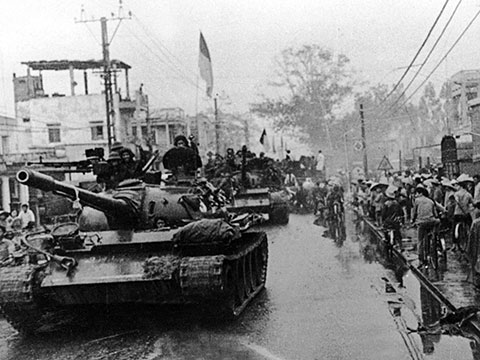
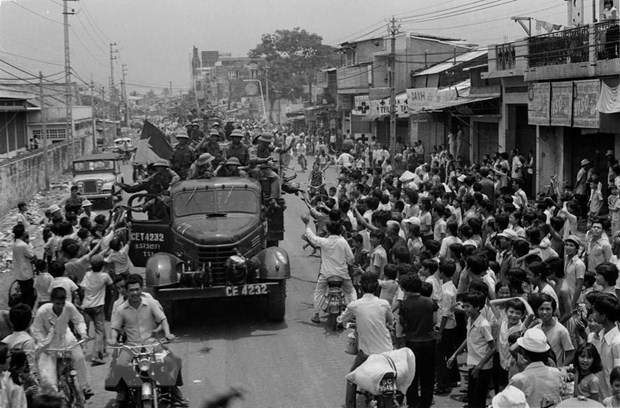
![[Photo] General Secretary To Lam works with the Central Policy and Strategy Committee](https://vphoto.vietnam.vn/thumb/1200x675/vietnam/resource/IMAGE/2025/5/28/7b31a656d8a148d4b7e7ca66463a6894)


![[Photo] Prime Minister Pham Minh Chinh receives a bipartisan delegation of US House of Representatives](https://vphoto.vietnam.vn/thumb/1200x675/vietnam/resource/IMAGE/2025/5/28/468e61546b664d3f98dc75f6a3c2c880)
![[Photo] Vietnamese and Hungarian leaders attend the opening of the exhibition by photographer Bozoky Dezso](https://vphoto.vietnam.vn/thumb/1200x675/vietnam/resource/IMAGE/2025/5/28/b478be84f13042aebc74e077c4756e4b)
![[Photo] 12th grade students say goodbye at the closing ceremony, preparing to embark on a new journey](https://vphoto.vietnam.vn/thumb/1200x675/vietnam/resource/IMAGE/2025/5/28/42ac3d300d214e7b8db4a03feeed3f6a)
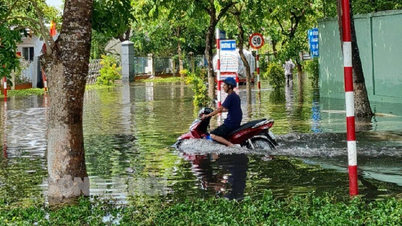
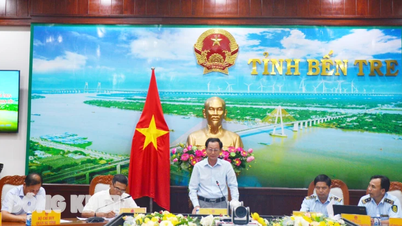
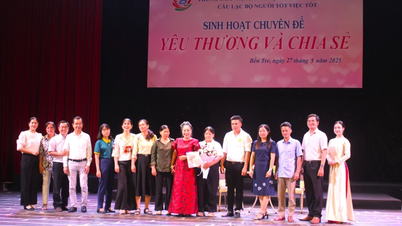


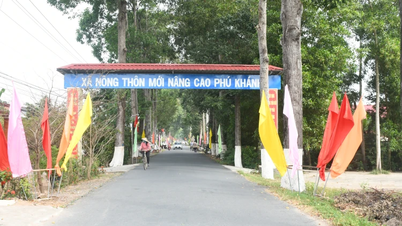
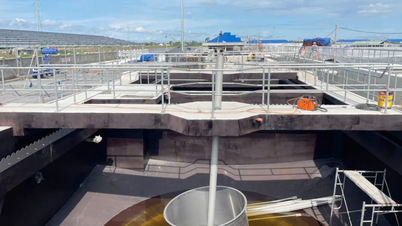




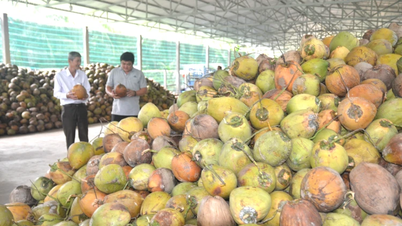
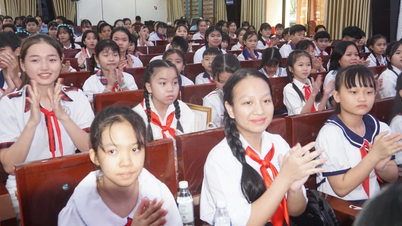
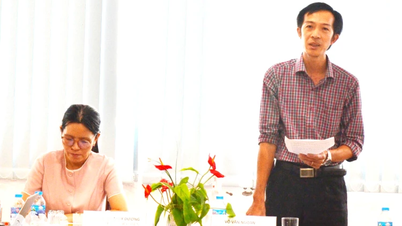
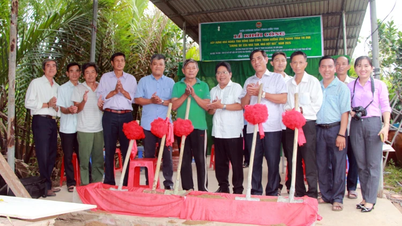
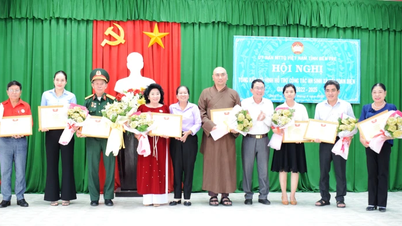
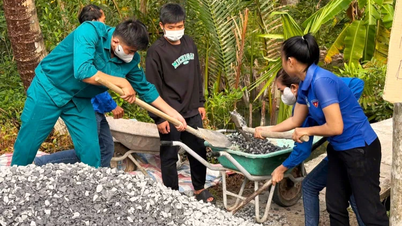

















































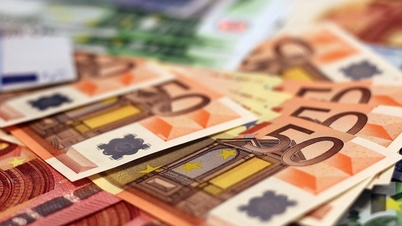

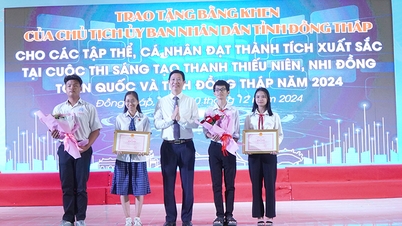
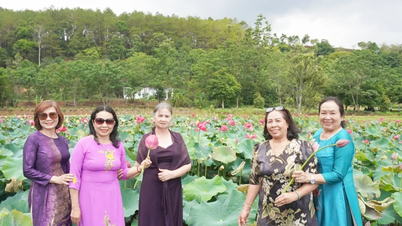

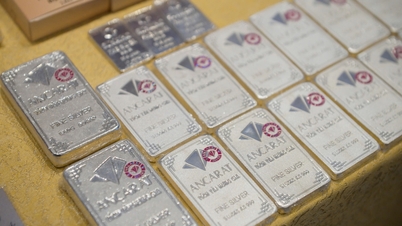
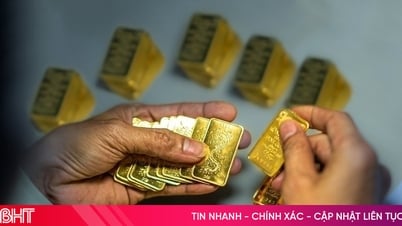









Comment (0)